A Comprehensive Guide to Carbon Fiber Machining
Carbon fiber machining has transformed several industries with its durability and excellent strength-to-weight ratio. Composite materials such as carbon fiber are versatile and efficient materials that have driven a wide range of manufacturing innovations.
Carbon fiber goes beyond traditional CNC machining materials such as aluminum, steel, wood or glass. It creates high-performance, durable and lightweight components.
Machining of carbon fiber sheets is usually done using a router. However, other standard machining methods are equally effective. The process is driven by a high-speed spindle with low feed rates for best results.
This article discusses the properties of carbon fiber, carbon fiber sheet machining, and its applications. We will also provide some tips to help you get more suitable results from machining carbon fiber. Let’s get started!
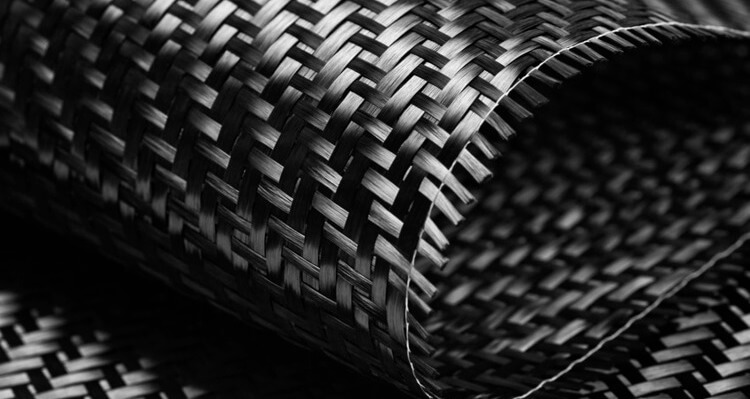
1.What is Carbon Fiber and Its Properties
Carbon fiber consists of fiber bundles with a diameter of 5 to 10 microns, which are composed of long, tightly connected chains of carbon atoms in the form of microscopic crystals. These fibers are solid and very lightweight. Carbon fiber is stronger and stiffer than steel, and lighter than steel.
Known for its incredible strength and durability, carbon sheets are used in a variety of sports, engineering and aerospace industries, and many more applications. Carbon fiber is a lightweight composite material that has excellent toughness, hardness, and resistance to wear and corrosion.
Other properties of carbon fiber include:
- Low thermal expansion
- EM transparency
- Attractive appearance
- Good electrical conductivity
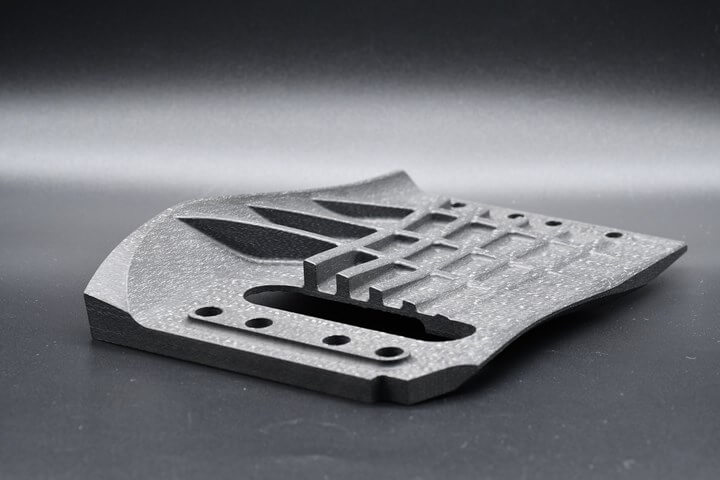
2.Applications of Carbon Fiber Machining Parts
Carbon fiber is a lightweight material that is suitable for a wide range of applications due to its excellent mechanical properties, thermal conductivity, and low coefficient of thermal expansion. Carbon fiber has a wide range of applications in various industries.
Here are some of them:
1) Aerospace Industry
The aerospace industry is one of the industries with the most applications of carbon fiber and was one of the first to consider carbon fiber as an ideal replacement for titanium and aluminum in specific components.
Carbon fiber aircraft parts were introduced in 1940. Many aircraft parts are made of carbon fiber reinforced polymers, which are preferred over metals in aircraft manufacturing because of their excellent strength-to-weight ratio and longer service life.
It significantly reduces the weight of aircraft parts. Aerospace parts such as gliders, jets, or helicopters rely on carbon fiber for improved performance.
In addition, the weight-reducing properties of carbon fiber help to significantly reduce the fuel consumption of aircraft.
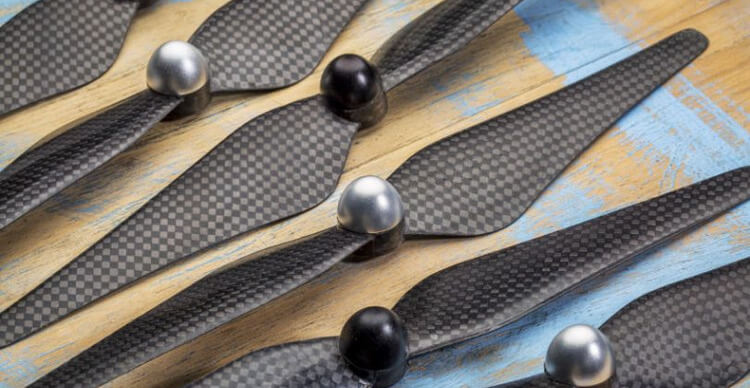
2) Sports Industry
Many professional athletes use carbon fiber sheets in their sports equipment, such as tennis rackets, bicycle wheels, helmets, bicycle frames, bows and arrows, hockey sticks, golf clubs, and many more.
However, clothing and protective gear, such as unique leg and arm protectors, are made of carbon fiber. Also, in racing or extreme sports, athletes use helmets and strong, lightweight shoes made of carbon fiber.
Carbon fiber is an ideal material for sports equipment. It has great advantages due to its high strength and light weight. It is much lighter than plastic and wood, allowing athletes to use sports equipment easily. As a result, athletes can run faster, jump higher, and swim farther.
3) Automotive Industry
Carbon fiber has excellent strength and durability, making it a versatile material in the automotive sector. Therefore, automakers use carbon fiber to manufacture frames and several other components.
Also, the superior strength-to-weight ratio of carbon fiber helps influence the manufacturing of faster cars in the automotive sector.
Carbon fiber allows automakers to remove unnecessary metal parts from the structure of the car and replace them with lightweight carbon fiber. It helps reduce the cost of car manufacturing while reducing fuel consumption and CO2 emissions.
4) Electronics Industry
The electronics industry has benefited greatly from the many advantages of carbon fiber. Its weight-reducing properties are a quality that most customers seek. Likewise, it has a higher natural frequency and maintains dimensional tolerances than metal and plastic housings.
The thermal coefficient (CTE) of carbon fiber is comparable to that of Invar alloy. Therefore, it can significantly reduce thermal issues in sensors, sensitive electronic devices, mirrors, and lasers.
In addition to its excellent mechanical properties, carbon fiber is also used as a functional material due to its excellent conductivity and non-magnetic properties. It also has important applications in the electronics industry.
Electronic shielding devices made of carbon fiber have good absorption capacity for electromagnetic waves. Compounding carbon fiber with polymer to make a filled composite material not only has good shielding effect, but also greatly improves the mechanical properties of the housing material.

3.How to process carbon fiber sheets
The processing of carbon fiber composites should be carried out with the highest precision. The cost of processing carbon fiber is high. Therefore, incorrect cutting or milling should be avoided or mitigated at all costs.
Here are some effective ways to process carbon fiber sheets:
1) CNC turning
CNC turning is a common technology for processing carbon fiber parts in different industries. It provides predetermined dimensional tolerances for parts that typically have rounded surfaces. Possible tools for turning carbon fiber include ceramic, carbide, polycrystalline diamond, and cubic boron nitride.
Turning process parameters, such as cutting speed, feed rate, and depth of cut, affect tool life and CNC machined surface quality. But it is important to note that tool geometry and feed rate play a crucial role in determining the surface finish of carbon fiber parts.
2) CNC Milling
Typically, machinists use milling machines to machine carbon fiber composites. You can cut carbon fiber sheets to size and add the desired features. However, you can also use standard metal machining methods if needed.
CNC milling carbon fiber composites requires higher spindle speeds and lower feed rates than metals. However, excessive heat can affect the quality of composite parts. Therefore, you can adjust the feed rate to reduce the heat generated in the workpiece during machining.
Carbon fiber has a relatively low thermal conductivity, so the workpiece retains most of the heat generated because there are no chips to help dissipate heat during machining. However, the heat generated by the cutting operation can damage the resin.
Tools and tool paths must be used to manage heat in the workpiece during machining, as using coolants may not be feasible. In addition, the breakage of fibers can cause severe wear on cutting tools. Therefore, you need special tools to machine carbon fiber composites.
3) Drilling
Drilling is a complex machining process used when machining carbon fiber composites. These composites are composed of layers of material that can easily chip or wear during precision machining. In addition, machining carbon fiber produces conductive dust that can invade and damage electronic devices and irritate the skin.
Therefore, consider using a dust mask and gloves when machining carbon fiber. Drilling speed is a key factor in dust generation and must be calibrated based on the size and depth of the hole. Using a drill specifically made for carbon fiber can help prevent delamination when drilling.
4) Waterjet
Waterjet machining is a fast and reliable technology for cutting carbon fiber composites. The advantage of waterjet cutting over other technologies is that it does not require special tools to cut carbon fiber materials.
It is an effective dust prevention solution because it traps dust particles in water. However, delamination may occur if you fail to drill the starting hole. Whenever tight tolerances are required, it is recommended to spray large parts with water and adjust them to the final size.
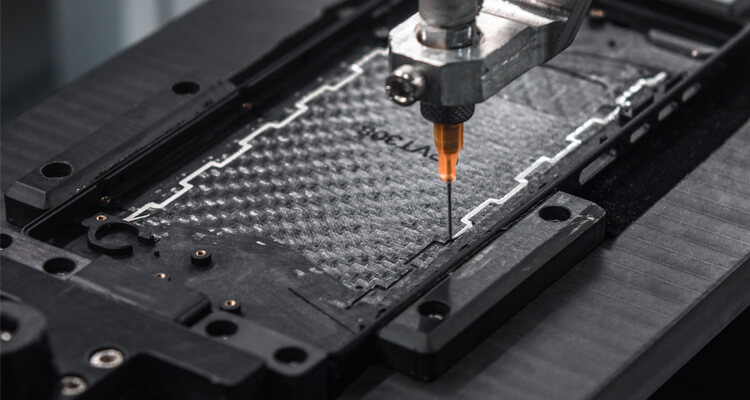
4.3 Tips for Machining Carbon Fiber Composites
When machining composites, there are some useful tips to consider for best results.
Here are some of them:
1) Improve the wear resistance of the drill
When drilling carbon fiber composites, the cutting temperature is not high, generally between 50~200℃, and the tool wear curves at different cutting speeds are very similar, so the main cause of tool wear is abrasive wear.
Carbon fiber has a high hardness. The hardness of carbon fiber made of petroleum coke or carbon black can generally reach HS70~90 or above, which is equivalent to Rockwell hardness HRC53~65, while the hardness of high-speed steel drill bits is only HRC62~65 at room temperature, which is very close to the hardness of carbon fiber composites.
Therefore, when machining carbon fiber composites with high-speed steel drill bits, the harder fiber tips in the material will cause severe abrasive wear on the tool surface. For this reason, high-hardness tool materials must be used. High-hardness tool materials include cemented carbide, ceramics, cubic boron nitride, diamond, etc.
2) Dust pollution prevention and control
Water-based cutting fluid can be added during the drilling process, so that the dust particles generated during the drilling process will be removed by the water-based cutting fluid and will not be dispersed into the air, solving the pollution problem during drilling.
Experiments on drilling carbon fiber composites show that adding water-based cutting fluid will not affect tool durability and hole quality.
However, robot drilling is undoubtedly a better choice, which can keep people away from dust pollution and is conducive to monitoring the drilling process and further ensuring the accuracy of drilling.
3) Use reasonable technology
The test results show that the use of reaming process after drilling can reduce the surface roughness of the hole and effectively improve the roundness of the hole. The surface roughness of the back wall of the carbon fiber composite material after reaming is not less than Ra3.2.
The reaming tool generally uses a carbide reaming tool, and the cutting speed is selected at about 30m/min. In addition, the use of reaming composite tools can also smoothly process the holes of carbon fiber composite materials.
5.Conclusion
Carbon fiber is a composite material with unique appearance and excellent performance. It helps to reduce the weight of parts while maintaining strength. A CNC router is ideal for precisely machining carbon fiber panels because it is more efficient than hand tools.
However, consider machining with a CNC machine to avoid undesirable results and wasted material.
If you are looking for an experienced CNC machining manufacturer, Xavier is your ideal choice. The Xavier team is well-equipped to provide high-quality CNC machining solutions. If you need more information or to discuss your machining needs with us, please feel free to contact us.
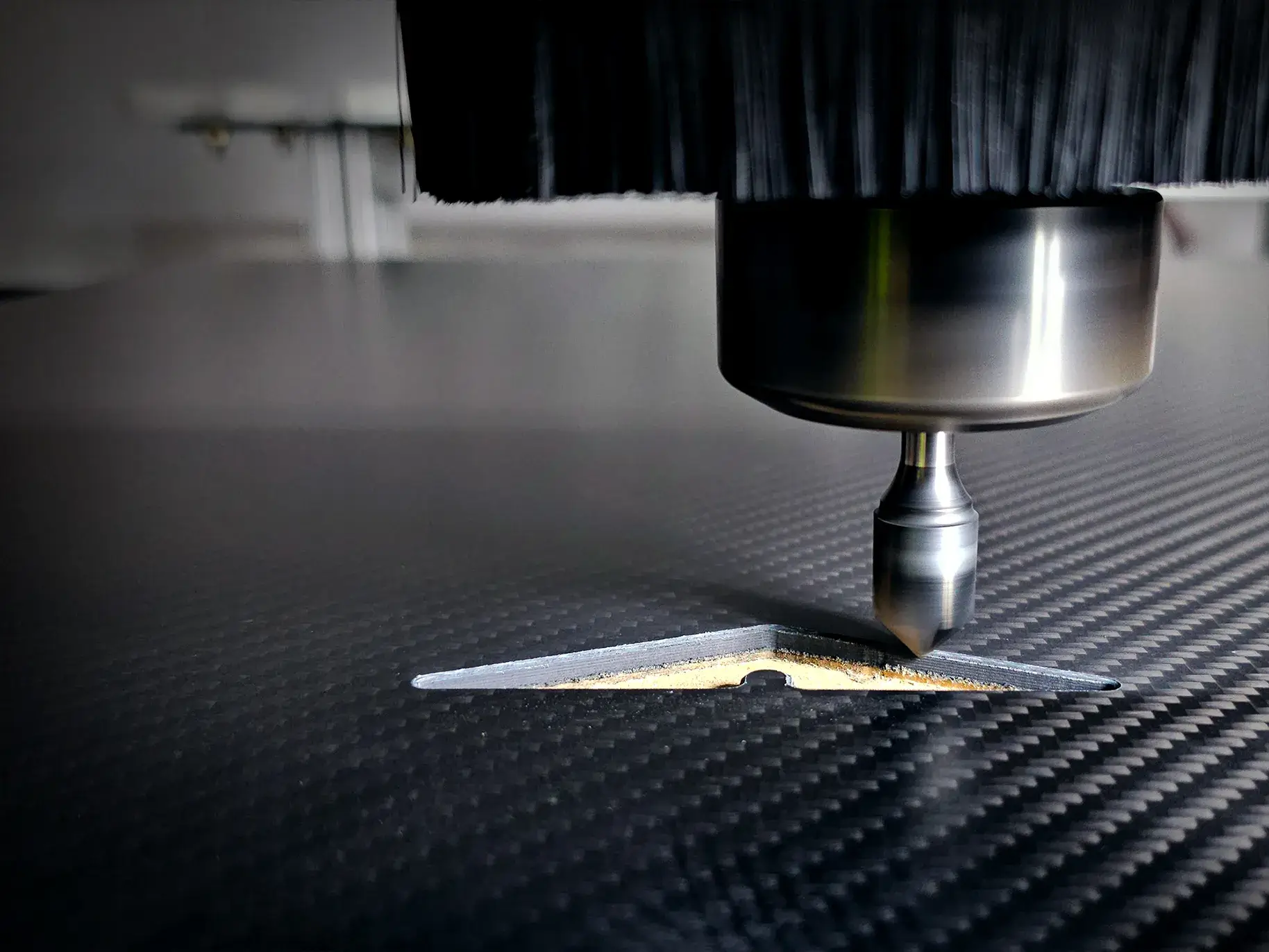
1 Comment